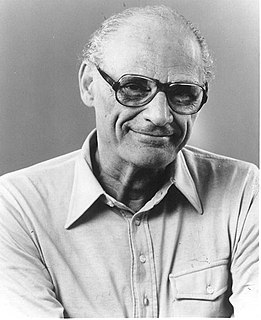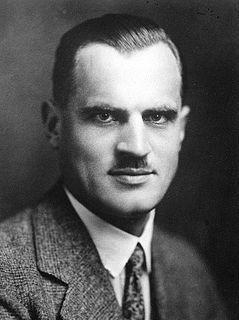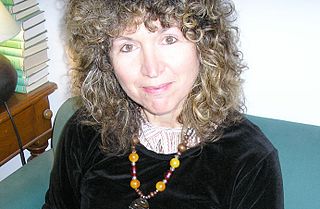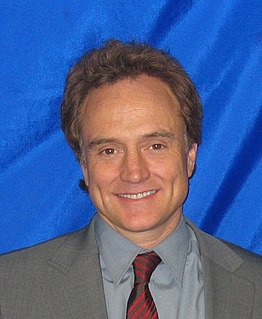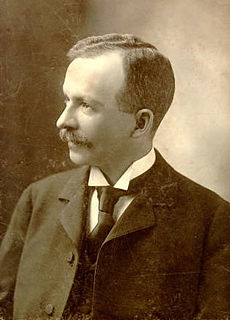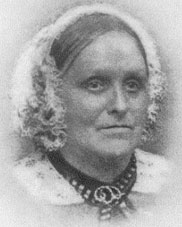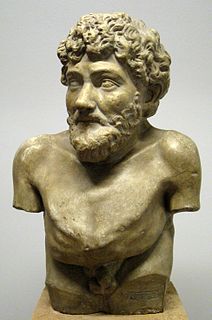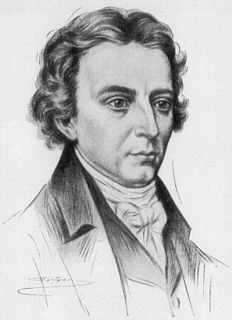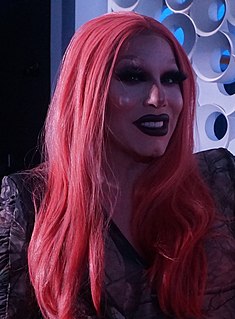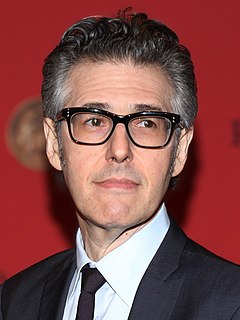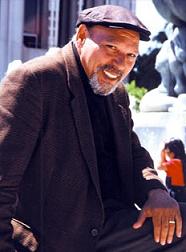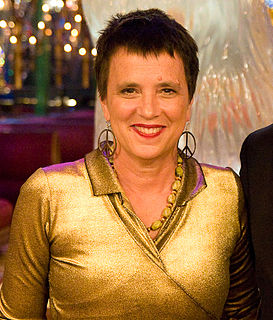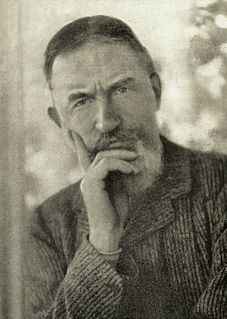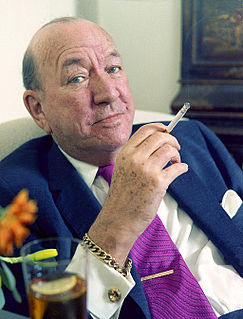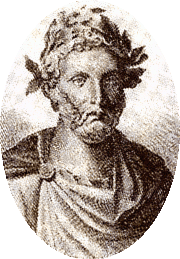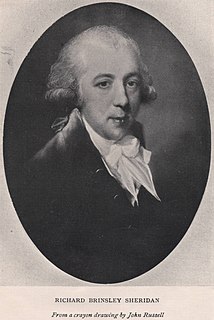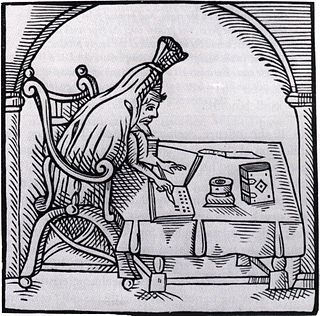A Quote by Arthur Miller
The structure of a play is always the story of how the birds came home to roost.
Related Quotes
The narrator blames the birds. And you want to blame the birds as well. I blamed the birds for a long time. But in this story everyone is hungry, even the birds. And at this point in the story so many things have gone wrong, so many bad decisions made, that it’s a wonder anyone would want to continue reading.
The story is told of Lord Kelvin, a famous Scotch physicist of the last century, that after he had given a lecture on atoms and molecules, one of his students came to him with the question, "Professor, what is your idea of the structure of the atom." "What," said Kelvin, "The structure of the atom? Why, don't you know, the very word 'atom' means the thing that can't be cut. How then can it have a structure?" "That," remarked the facetious young man, "shows the disadvantage of knowing Greek."
The biggest threat to your creativity is the fear that it's already been done, said, created. (So why bother?)
Say it, do it, make it anyway - but tell YOUR story along the way.
The story of how you came to know what you know.
The story of what you want to know more of.
The story of why you do what you do.
The story of how you came to care.
And that's how you create what's never been created before.
As Asian-Americans, we just don't often get the chance to tell the story from a leading person's perspective. And so I took jobs where they came, and they were always in the ensemble, and if it required me to play multiple instruments I did that, and if it was as a puppeteer, I did that. That's just how I was cast; that's how I was employed.
There is a kind of structure for a story that was peculiarly compelling for the radio. I thought I had invented it atom-by-atom sitting in an editing booth in Washington on M Street when I was in my 20s. Then I found out that it is one of the oldest forms of telling a story - it was the structure of a sermon.
